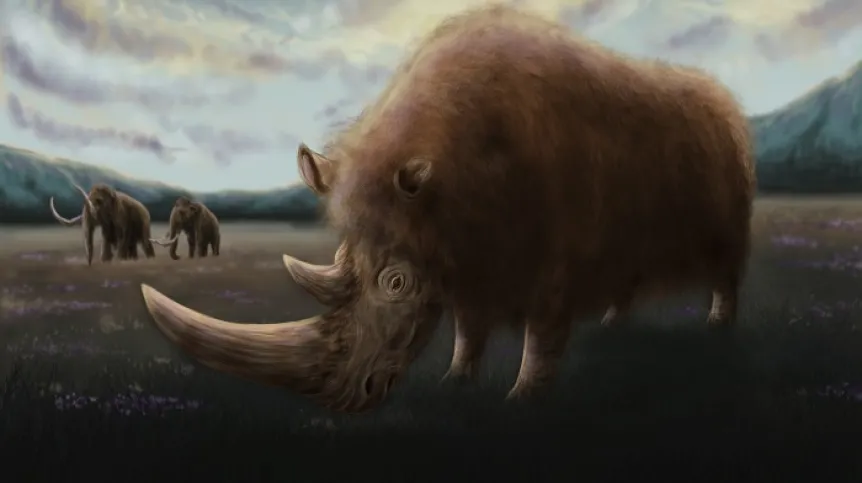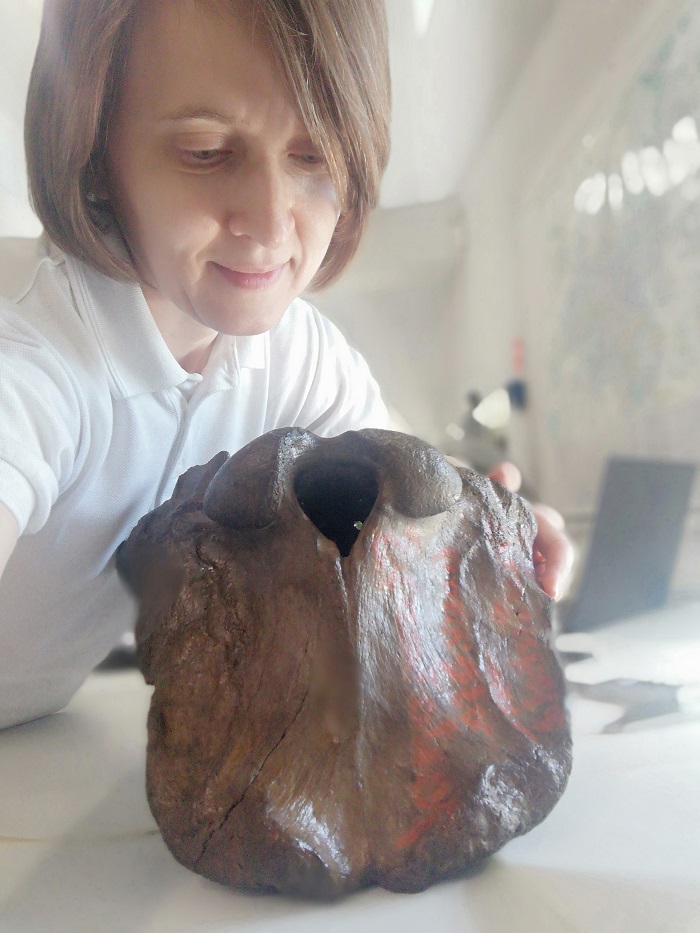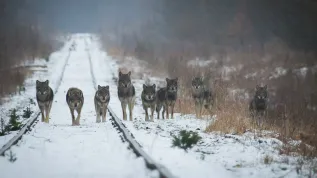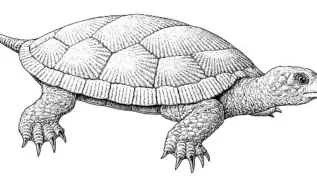
Weighing several tons, massive woolly rhinos had lived in Europe for several hundred thousand years, until the end of the glaciation period. They arouse curiosity of scientists, which has led to an extensive research project.
The woolly rhinoceros had lived in Europe for a very long time, from about 470,000 years ago. years ago until the end of the last ice age, approx. 14,000 years ago.
'Unfortunately, in the case of Poland, we have very few thoroughly examined remains of these animals, which is surprising, because they have been found in large numbers for years,’ says Professor Kamilla Pawłowska from the Institute of Geology of the Adam Mickiewicz University in Poznań.
The history of these animals in other European countries is also insufficiently known, which is why Professor Pawłowska came up with the initiative of extensively planned research. She explains that the new research concerns both a large area - which is Europe, and scope - because it covers, among other things, marking the remains, examining the age and sex of animals, past diseases, relationships with humans.
The project WOOLRHINOPOLI is financed by the Polish National Science Centre and implemented in a consortium with the Centre of New Technologies (CeNT UW) in Warsaw, with the participation of 10 European scientists from Spain, France, the Netherlands, Moldova, Czechia, Germany, Romania, Italy and the UK.

According to Pawłowska, after several months of field research, the scientists have already made important discoveries.
'During the weekly fieldwork, I look for new sites with rhinoceros remains and visit museums and other institutions where the remains of Pleistocene mammals are stored - in search of rhinos. Sometimes it turns out that, contrary to initial findings, the remains belong to other species of extinct animals or have not been studied for years, if at all. This shows how important our research in this project is,’ says Professor Pawłowska.
For example, the researcher has determined that the skull from the Archaeological Museum in Wrocław belongs to a forest rhinoceros. This is one of the very few such specimens known from our country.
It is not entirely clear what contributed to the extinction of this species. Climate change and human activity are indicated. 'Evidence of contacts with ancestors of humans with rhinos include cave paintings known from Europe. We expect more evidence, but this requires solid research, which we are doing,’ says Pawłowska.
Woolly rhinos were powerful animals with massive bodies. They had short legs, a high neck, and a large head with two horns. They were covered with thick fur. They mainly ate grasses, but also leaves of shrubs. They were adapted to cold and harsh weather conditions.
The WOOLRHINOPOLI project will continue until 2026 and will result in the creation of a comprehensive database of fossil rhinos in Poland and other European countries. As part of the project, scientists will analyse the shapes of skulls of these extinct animals, determine their precise time of occurrence thanks to dating, and do genetic research.
PAP - Science in Poland
szz/ zan/ kap/
tr. RL













